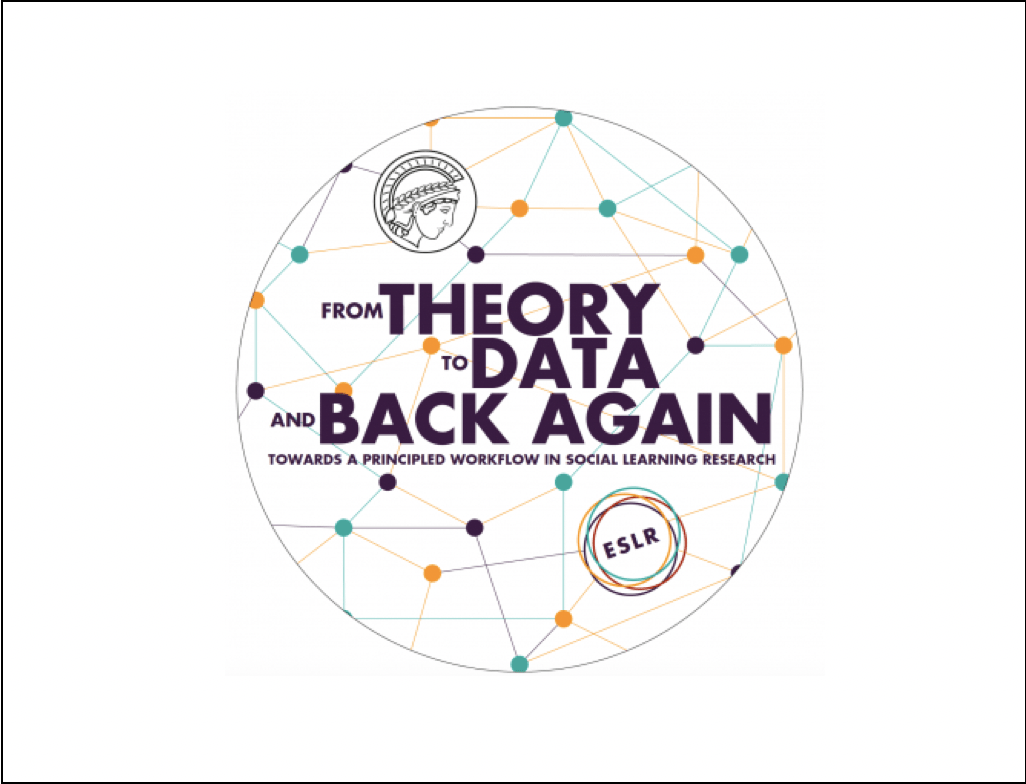ESLR Workshop 2019
In June 2019, the ESLR Society held its 3rd Annual Workshop in Leipzig (Germany). This time, the workshop was hosted by the Department of Human Behavior, Ecology and Culture at the Max Planck Institute for Evolutionary Anthropology. Forty-seven early career researchers from 22 different institutions and nine different countries attended this year’s three-day workshop entitled “From theory to data and back again”. During the three days, we learned about a variety of topics, heard interesting talks and discussed our work in a poster session.
During the first introductory lectures, Richard McElreath guided us through an example regarding how to code a predictive model based on simulated data that could then be fitted to real data. This approach ensures that experiments and data collection are hypothesis-driven, and provides a clear theoretical framework for interpreting results. Heidi Colleran, who is about to start an Independent Max Planck Research Group on “The Cultural Evolution of Reproduction”, gave us an extremely interesting plenary talk on how the feedback between culture and demographics. Guiding us through her research in Poland, Heidi explained to us how birth control practices, social networks, and education interact with each other in human reproductive culture. In the evening poster session, we had the opportunity to present our work in the lovely hall of the MPI EVA and get feedback from our peers. It was a great chance to get to know what everyone was working on and have very useful discussions over a glass of wine (or two).

On the second day, we had a hands-on session led by Bret Beheim on how to create reproducible workflows using Git (not the same thing as GitHub, it turns out). Many of us were introduced to the cryptic world of adding, committing, and staging for the first time in a very user-friendly way. Lucy Aplin, from the Max Planck Institute for Animal Behavior, gave the second plenary talk on the fascinating world of innovation diffusion in tits. By using NBDA and clever remote-controlled puzzle boxes, Lucy and her team have been able to track how information is transmitted between individuals across the landscape. In the afternoon, Brendan Barrett imparted a theoretical lecture on multilevel experience-weighted attraction (EWA) models. In this math-sy session, Brendan showed us how to model different types of social learning biases using simulated data that we can then use to interpret our experimental results.
That evening, we all had dinner in the lovely terrace of the Glasshaus restaurant and we got to enjoy their delicious ice cream in the warm Leipzig summer weather.
On the last day of the workshop, Brendan introduced us to his work with capuchin monkeys, using EWA models to track how innovations and foraging techniques spread. We also had the chance to learn how his data could be interpreted based on the learning biases that we had coded the day before. Finally, we had a session on how to create, read, and interpret directed acyclic graphs taught by Richard McElreath. In this session we learned that it is not always the best strategy to include all possible variables in your models, as you might run into colliders1! The take-home message was that it is very important to think in advance about the possible causal relationships between your variables before you model them. We concluded the workshop with a short general meeting of ESLR members during which the last year’s finances were explained and we discussed the prospects for the upcoming year.

All in all it was a great workshop made even better by the excellent organization and absolutely amazing food. I am sure we are all looking forward to what next year’s workshop will bring!
1 A variable that is influenced by two or more other variables, making it impossible to generate an unconditional association between the variables that determine it. For more info on DAGs, check out dagitty.net
